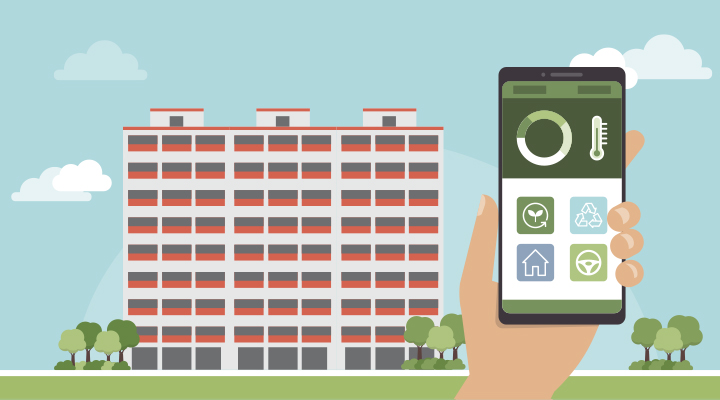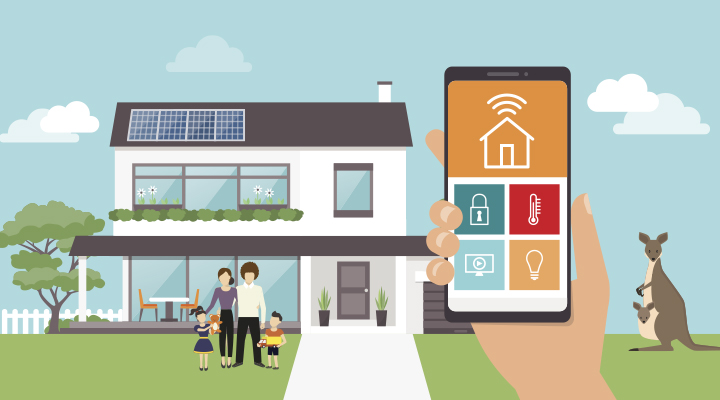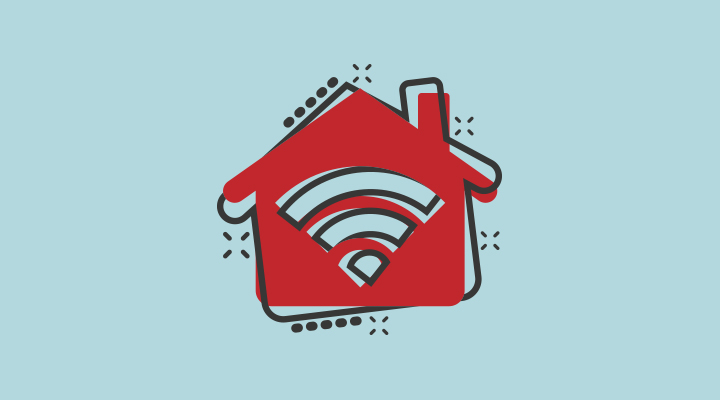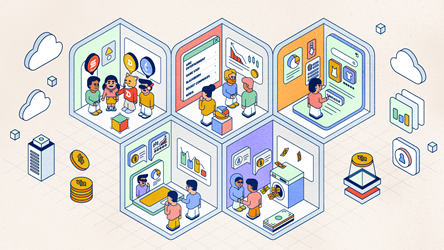Trending: The Smart Homes And Offices Issue

A Trend To Watch
Is the world getting “smarter”?
Smart devices are changing our lives. The smart office market, comprising technology like energy management systems, smart-lighting control and audio-video conferencing systems is expected to double to US$57 billion by 2025, boosting energy savings and employee productivity along the way. Similar growth is expected in the smart home market: in 2019, the US was the largest consumer of smart home technology with a market volume of $23.5 billion, but by 2024, there will be over 70 million smart households across the globe. Speakers, video entertainment and security devices will remain a staple, with features like gesture-controlled technology and personalised alerts from security cameras being thrown into the mix. Against the backdrop of these developments, some questions remain: How will companies and consumers manage privacy and cybersecurity? And is this technology “smart” enough to address issues like sustainability, ageing populations and even identifying domestic abuse?
Global Outlook
What other countries are doing to get “smarter”.
Singapore

As part of Singapore’s push towards becoming a Smart Nation, the Punggol Digital District will employ smart technology like robotics and IoT to gather information about human traffic, transport conditions, and energy and water consumption. Data will be uploaded to an Open Digital Platform, and businesses, researchers, students and the general public, as well as public agencies, can access the data to develop solutions to benefit the community.
Amsterdam

With 28,000 sensors, The Edge is known as "the smartest building in the world”. An app informs employees where to park, where their colleagues are, their daily schedules and where to sit for work. It’s even able to tweak the light and temperature to fit a user’s preferences. This smart office is also designed for hot-desking. Over 2,500 Deloitte employees share 1,000 desks, maximising space while encouraging collaboration and improving communication between colleagues.
Japan

Start-ups and industry heavyweights like Sony, Hitachi and Softbank are studying how robots can solve ageing population challenges. Research is being done to study if robots can connect and control IoT devices, and a partnership between the Fujita Health University Hospital team and Toyota Motor Corp has led to the development of a robotic smart home for the elderly, complete with robots that assist with movement and walking.
Australia

Eco-scientist and TV presenter Josh Byrne used smart technology to create Australia’s first zero-energy home. No air-conditioning or additional heating is needed, more electricity is generated than is used, and even the water for the home is recycled. This eco-home scored a 10 on Australia’s Nationwide House Energy Rating Scheme, the highest score possible. It is now a living laboratory to collect more data and test green technology.
Indonesia

In 2016, Indonesia embarked on the ambitious Palapa Ring Project to improve internet infrastructure and bridge the divide in digital services across the country. By October 2019, this “highway in the sky” was completed. 13,000 km of fibre-optic cables traversing land and sea, as well as microwave transmissions and telco towers, now connect 514 districts and cities across the country with high-speed internet.
EXPLAINER
An automated home is one where processes run automatically and independently. A smart home is one that has smart devices. Learn the differences.
| Smart home | Automated home |
| Both homes feature devices that work in tandem to provide better security, energy efficiency and comfort | |
| Smart home devices include voice assistants (in smart speakers) and robot vacuums. | Automated home devices include garage doors, motion-detecting lights and thermostat controls |
| Smart devices were developed around the 2010s with the Internet of Things. | Devices for automated homes have been around since the 1980s. |
| A home with a collection of smart devices that connect to the internet. | Devices do not need to be smart or connected to the internet. |
| Devices often come with an app that allows the device to be controlled remotely from your smartphone. | Devices need not have an app. In the past, devices would be connected through cables to a server in the home. |
| Devices may not function “automatically” and may require user intervention to programme and operate. | Devices work in sync and automatically, based on patterns learned like the time of day or weather. |
LEARN THE LINGO
Wake word

A word that is said aloud to active a device, putting it in listening mode for voice control of products.
Geofencing

A virtual boundary created by technology like WiFi, GPS or Bluetooth. Crossing the boundary triggers a device to perform an action.
Related stories
- POSTED ON
Mar 18, 2020
- TEXT BY
Fiona Liaw
-
Work Better
Instruction Manual February 2018
-
Work Better
Instruction Manual March 2017









